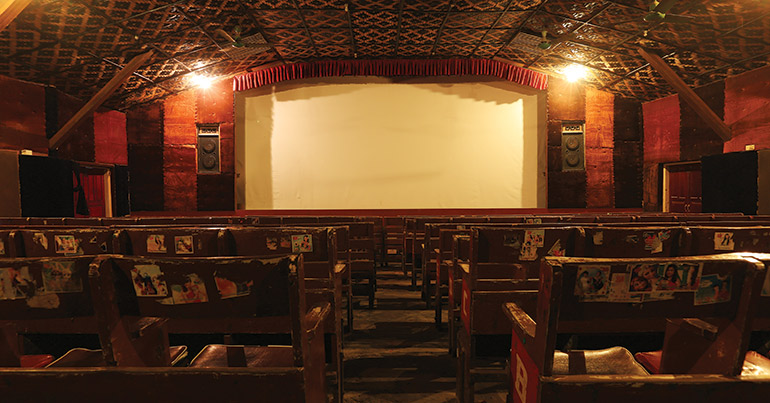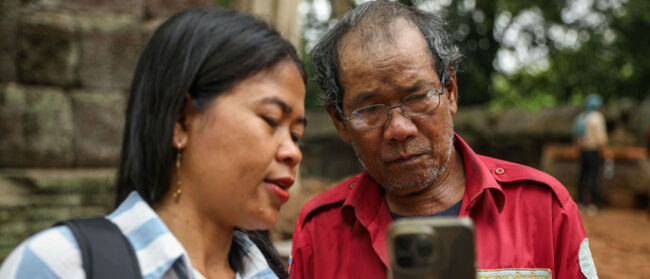Editors Note: First published in print in 2013, the enduring relevance of this piece is still evident today in February 2020, with the conservation of Malaysia’s historic buildings remaining a hot topic in public discourse. Despite Kuala Lumpur’s heritage quarter acting as a major draw for tourists wishing to photograph the historic structures, many, such as the 109-year-old FMS Survey Office and the old City Hall building, have been left vacant for over a decade and at risk of degradation.
Dusk at the Rama Chinatown cinema is quite a sight – an example of adaptive reuse at its most basic. Wait staff in blue aprons ferry bowls of steaming guay jup noodles across the narrow lobby floor. Posters for three-year-old movies try to confer an air of ‘business-as-usual’ – but fail. Any patron that does want to spend $1.70 (THB60) to see Jack the Giant Slayer must navigate folding plastic tables and a grandpa twirling a toothpick.
Most people enjoying an early dinner in Bangkok’s Chinatown on this cool December evening appear comfortable with all this – the Chinatown Rama’s ignominious decline, from kung fu movie palace to cruising joint with a noodle-shop sideline. But Philip Jablon, a 37-year-old sustainable development researcher who splits his time between the US and Thailand, is perturbed by it. He’s convinced that this structure – and others like it – deserve more. “Nowadays we tend to look at these places and call them old junk, but when these were in their prime they were extremely important,” he says, as we wait for our noodles to arrive. “They’re cultural resources, and many of them are worth saving.”
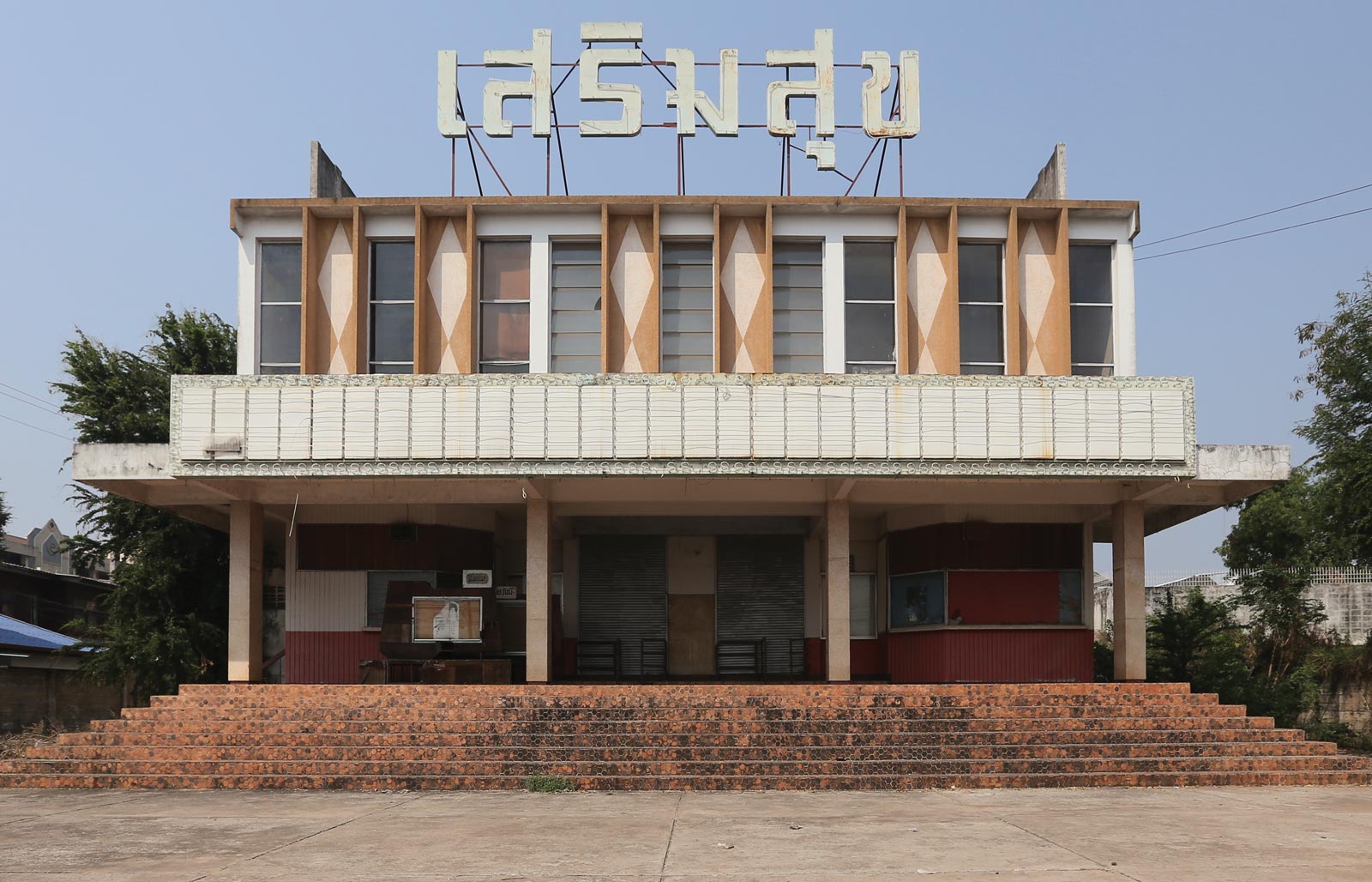
This is no heat-of-the-moment comment. Since 2010, Jablon has surveyed hundreds of the region’s standalone cinemas – the majority now derelict or ticking over as warehouses, car parks or shady fleapits – and then put his tightly worded observations and stark photographs up on his blog, the Southeast Asian Movie Theatre Project. Along the way, his project has shifted gear, from university thesis research to all-out advocacy, and picked up a small yet appreciative following. “I don’t know anyone else doing anything like it,” is how Thaid Dhi, a Yangon-based documentary cinematographer, puts it.
I do sometimes have doubts about why I’m doing this… it’s definitely a gamble
There have been setbacks. In a 2009 blog post, Jablon discovers the Chinatown Rama’s “lingering sexual element” first-hand in the form of an overly friendly regular. In the intervening years, while trying to access other cinemas, he has been chased by dogs, glowered at by working girls and barred from entry. There have also been moments of poignancy: for every uncooperative owner or nonplussed security guard, there has been another that has given an impromptu tour or engaged in a deep-and-meaningful chat. But above all else, the Southeast Asian Movie Theatre Project has yielded insights.
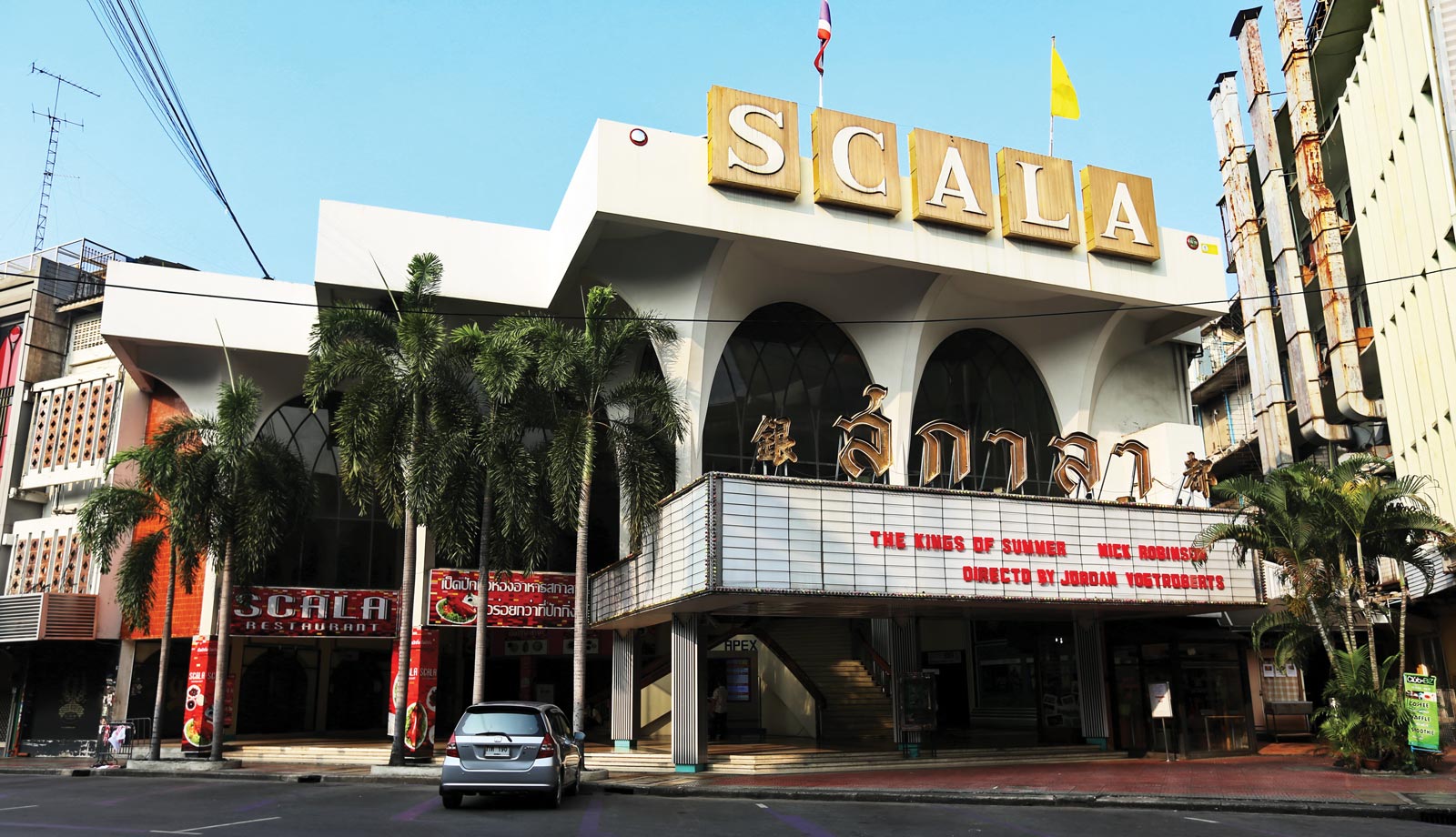
Take Future’s Ruins, an exhibition by Jablon held at Bangkok’s H Project Space last February that consisted of his images of Thai cinemas, each taken from the same front-on perspective. Surveying them, some common characteristics – boxy structures, polychromatic accents and dimensional rooftop signage – became apparent. Jablon believes a unique strain of Modernism thrived in Thailand in the late 20th century, and that his images help make the case for it. “Some say this isn’t really Thai architecture at all,” he says, “but I disagree – it’s Modernism with a Thai identity.”
Speaking to him, it’s clear that he’s a nostalgic dreamer, albeit one who’s well aware of the Sisyphean nature of his quest: to document every Southeast Asian standalone cinema left. “I do sometimes have doubts about why I’m doing this. It’s not like I’m making a full living off it or anything,” he admits. For about seven or eights months a year, Jablon splits his time between Chiang Mai and field trips around the region. The rest of the year he earns money by working as a removal man back in Philadelphia, the city in which he was born and raised and inculcated with a respect for urban heritage and cinemagoing. And so the cycle repeats. “I don’t know if it’s sustainable. It’s definitely a gamble,” he says.
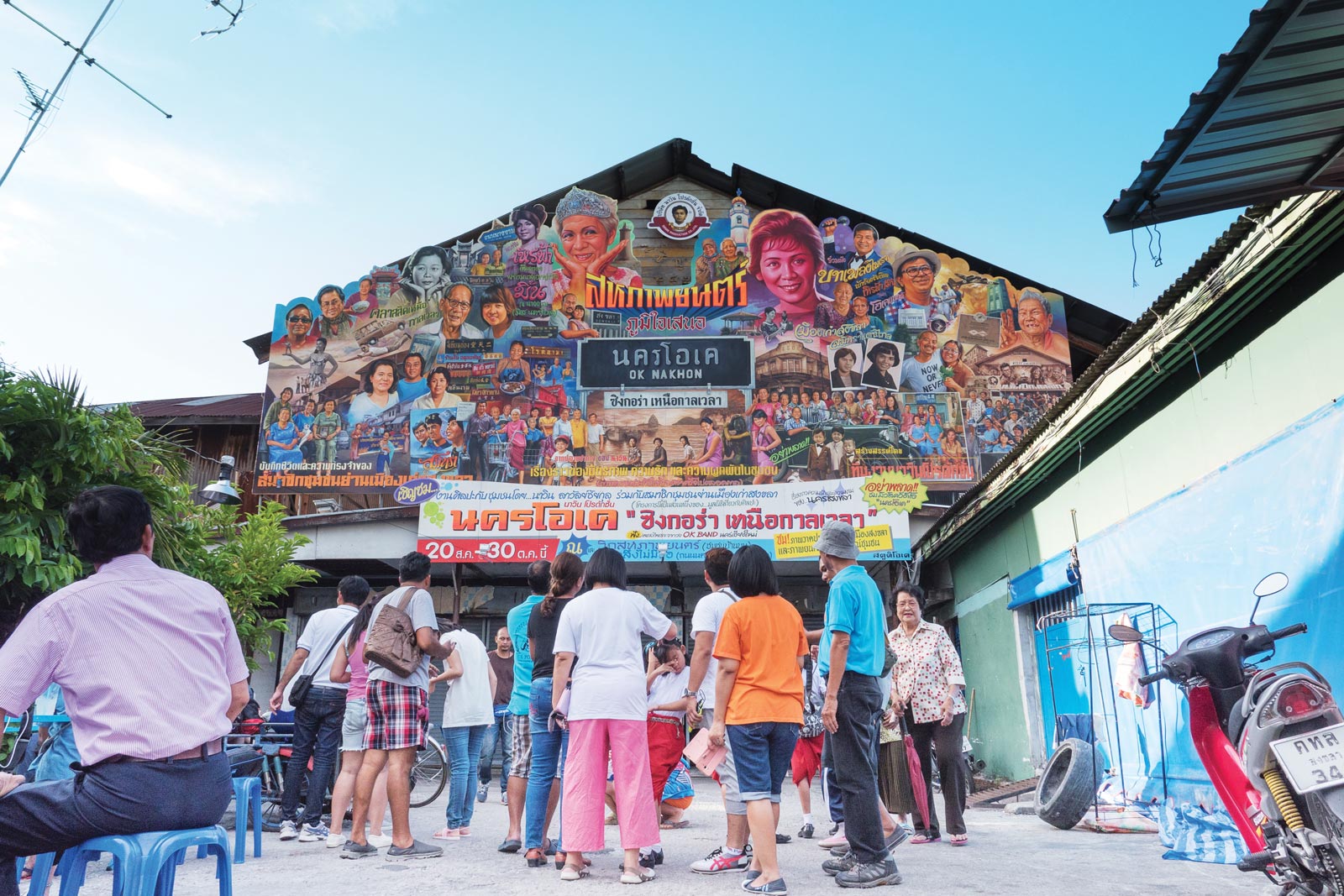
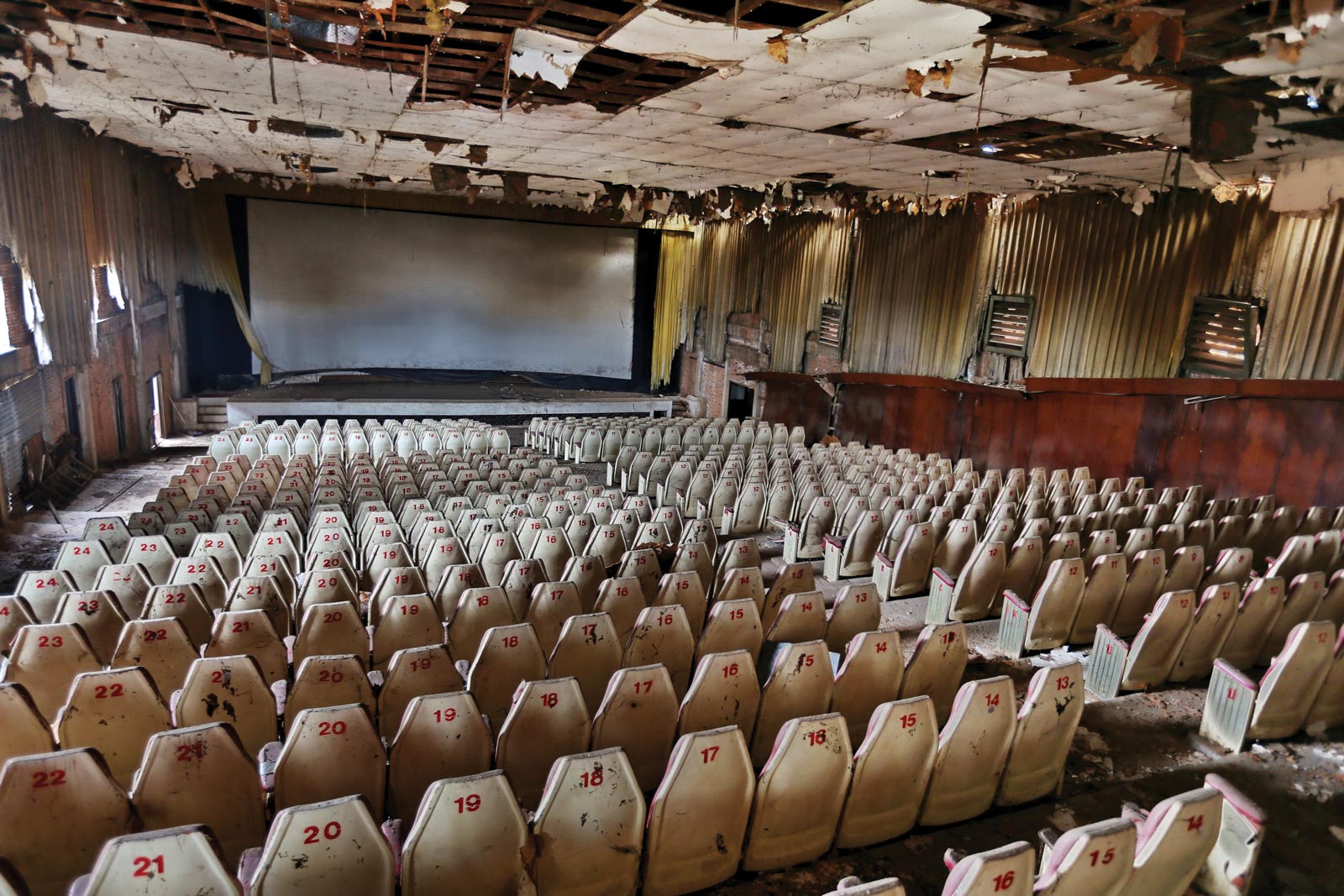
This gamble is especially risky given the fragility of the thing he’s documenting. The prospects for the standalone cinemas – whose large urban footprints make them choice targets for property developers – are especially dire in Thailand, the country Jablon has surveyed most thoroughly. Only a handful are still in business, and the future of many, including Bangkok’s tropical art deco cinema the Scala, is uncertain. “It will take hard work to save them. He needs to convince owners and create hype,” says Gridthiya Gaweewong, director of the Jim Thompson Art Centre, the board of which has funded Jablon’s research in the past. Philip Cornwel-Smith, author of Very Thai: Everyday Popular Culture, agrees. “Cinemas are secular spaces that came from abroad and fit no category under the templates of Thai high culture,” he says. “Worse than that, they are associated in the public mind with low status, with dodgy associations and louche behaviour, places where the young get up to mischief away from supervision by social seniors. Getting authorities to treasure these landmarks of ‘low’ culture is a huge ask in a status society.”
What keeps Jablon going are the flickers of hope. “It’s vindicating when people show interest or I get thanks or people want the photographs to put up in their house or office,” he says, referring to the limited-edition portfolios he has sold to raise money. There are also signs of a “growing preservation sentiment” taking root in the region – and some cinemas may yet be dragged out of purgatory because of it.
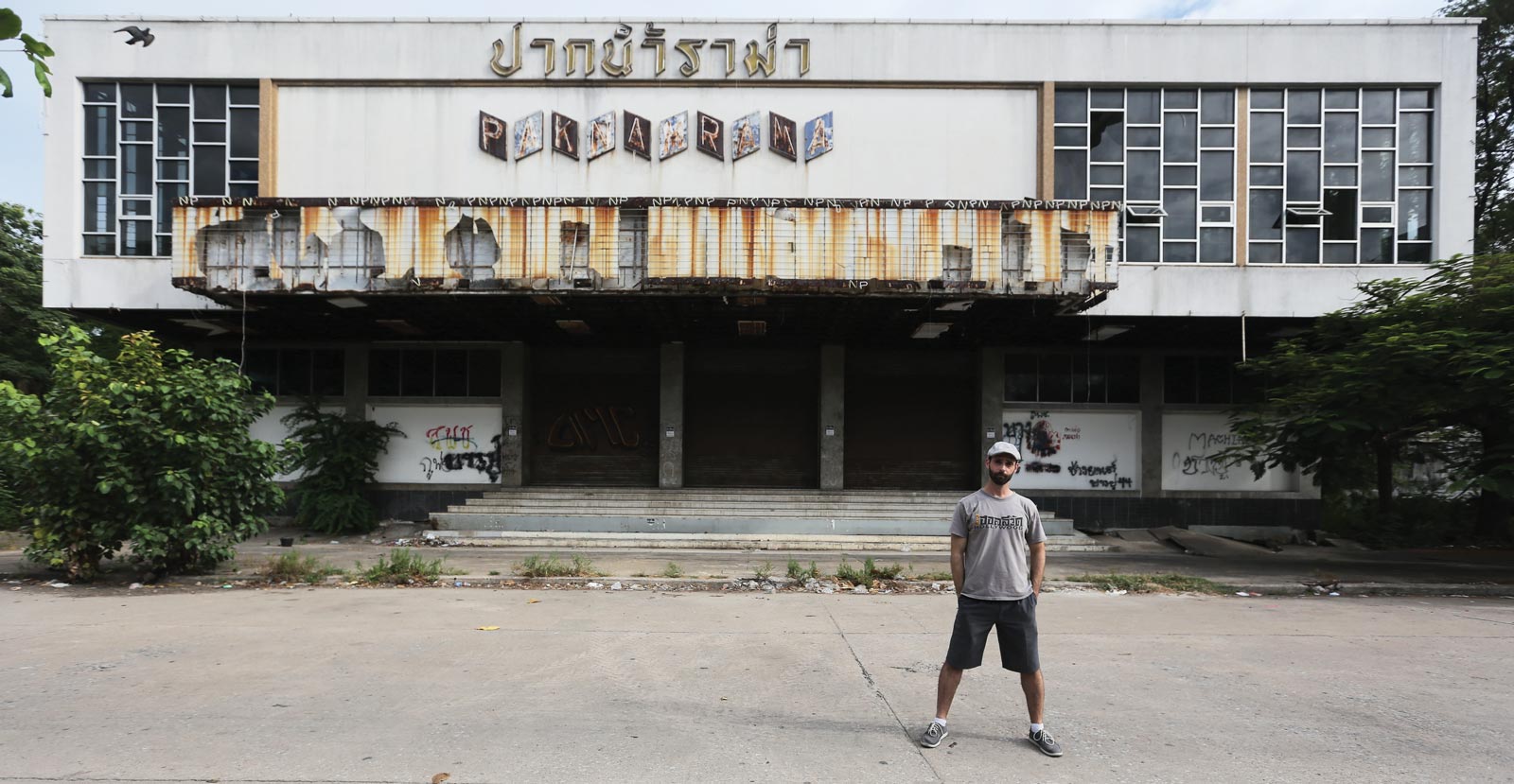
Last August, the Indian-Thai contemporary artist Navin Rawanchaikul installed a hand-painted billboard on the facade of the Saha, a shed-like wooden cinema in the southern Thai city of Songkhla. He then invited the predominantly Muslim community depicted in it to share their experiences. “Navin’s approach was to reactivate social memory through art,” says Jablon. Back in Bangkok there is a government-backed plan to turn the Sala Chalerm Thani, a rickety wooden structure widely regarded as Thailand’s oldest movie theatre, into a living museum. Other cinemas, including the Chinatown Rama, have been used for pop-up projects, from film premieres to music nights; another still, the Prince, looks likely to be restored by a private investor.
I think there’s a good chance it will happen, as the Waziya is the only cinema still owned by the government,” says Dhi, who staged a film festival there in 2013 and hopes to see it become a mixed-use cultural centre.
And then there is Myanmar. A lack of development there has kept an early-to-late 20th-century architectural milieu largely intact. This milieu includes prepossessing movie palaces such as Yangon’s stately, Beaux Arts-style Waziya Cinema, which, though currently shuttered, is rumoured for restoration. “I think there’s a good chance it will happen, as the Waziya is the only cinema still owned by the government,” says Dhi, who staged a film festival there in 2013 and hopes to see it become a mixed-use cultural centre.
Ever the optimist, Jablon sees an opportunity for Myanmar to learn from – and maybe even inspire – its neighbours. “Because of its economic and cultural isolation, its cities have been frozen in time, so they haven’t had the changes in infrastructure which have ultimately lead to the destruction of this kind of lifestyle elsewhere,” he says. “This is very interesting, especially in the context of the preservation mindset that is taking hold in the region right now.”
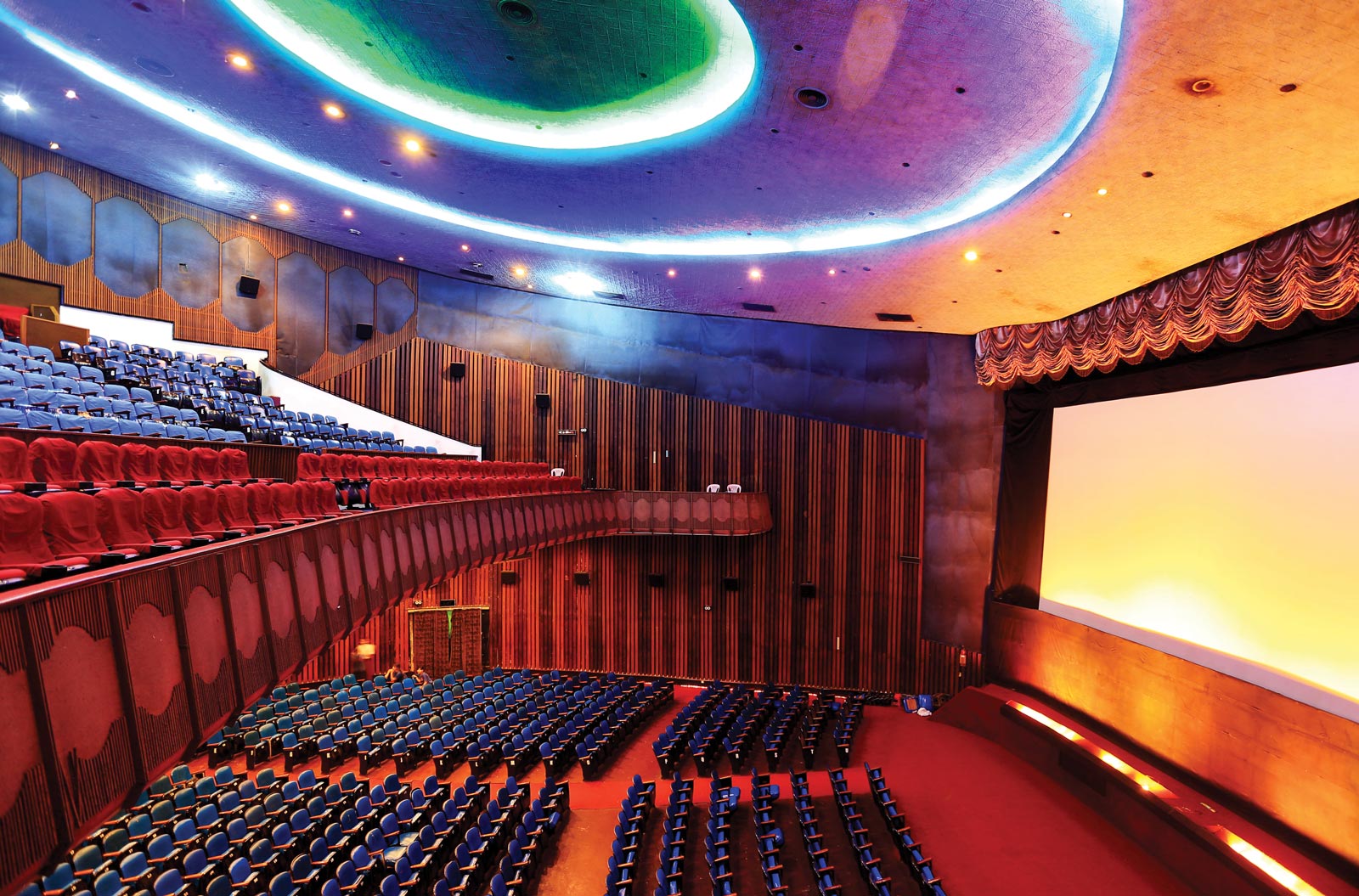
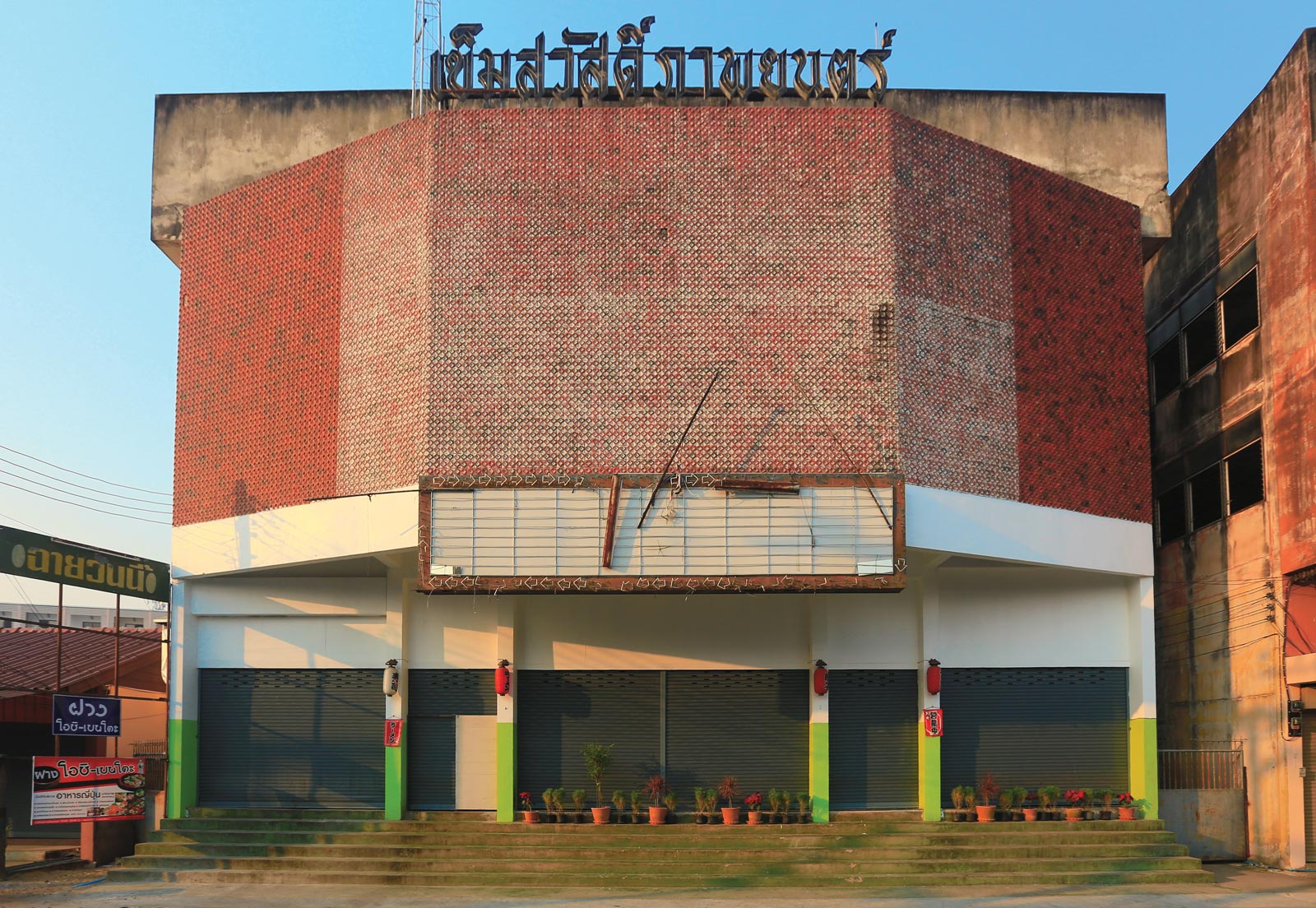
But if recent developments in Thailand are any measure, it may be an uphill struggle. While Cornwel-Smith acknowledges that a new wave of young, indie-minded Thais have come to appreciate mid-20th century design, he also believes that one of Jablon’s central arguments – that movie houses used to be a “cultural nucleus” in many communities and could be again, given the right investment and mindset – is unlikely to hold much sway in the current climate. “Markets and shophouses are even more so [at the centre of communities], and look how rapidly they are being destroyed without consideration of their social and historical role,” he says, referring to the recent demolition or denaturing of some of Bangkok’s grittiest tourist draws. “Ultimately, Thai society doesn’t sufficiently value those buildings and their social scene, or popular culture as a whole, to save most of the remaining cinemas.”
Despite this lay of the land, Jablon is determined to try and save some – and by any means possible. As well as continuing his lone field research, he is writing op-eds and articles for local media, penning a coffee table book for Thai imprint River Books, hoping to get a conservation symposium off the ground and, perhaps most importantly, trying to identify which standalone cinemas have the best chance of being revived. “They’ve gotta do whatever they can to survive,” he says as a waitress barks another order across the lobby floor, “and I’m doing everything I can to help them.”
